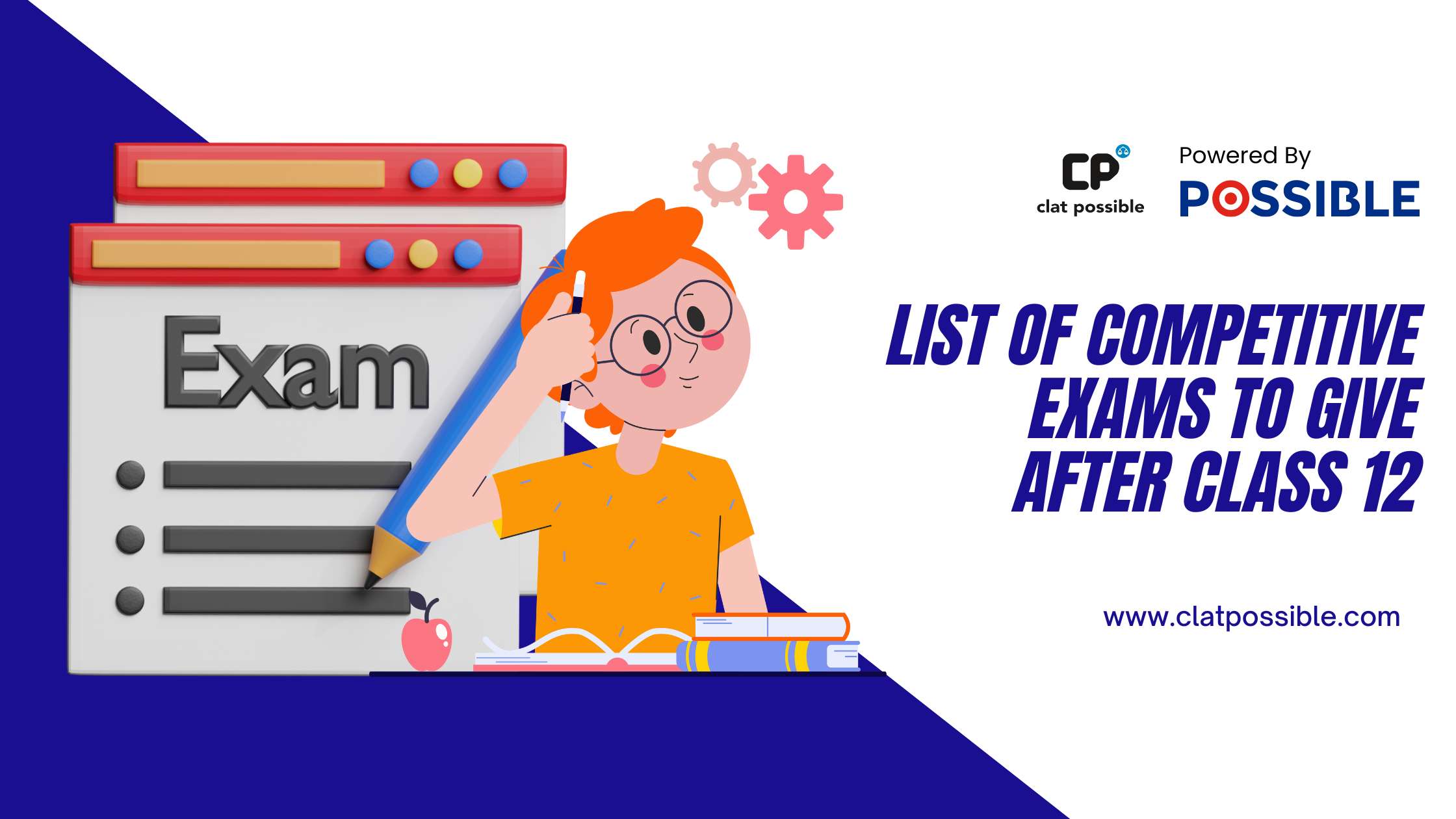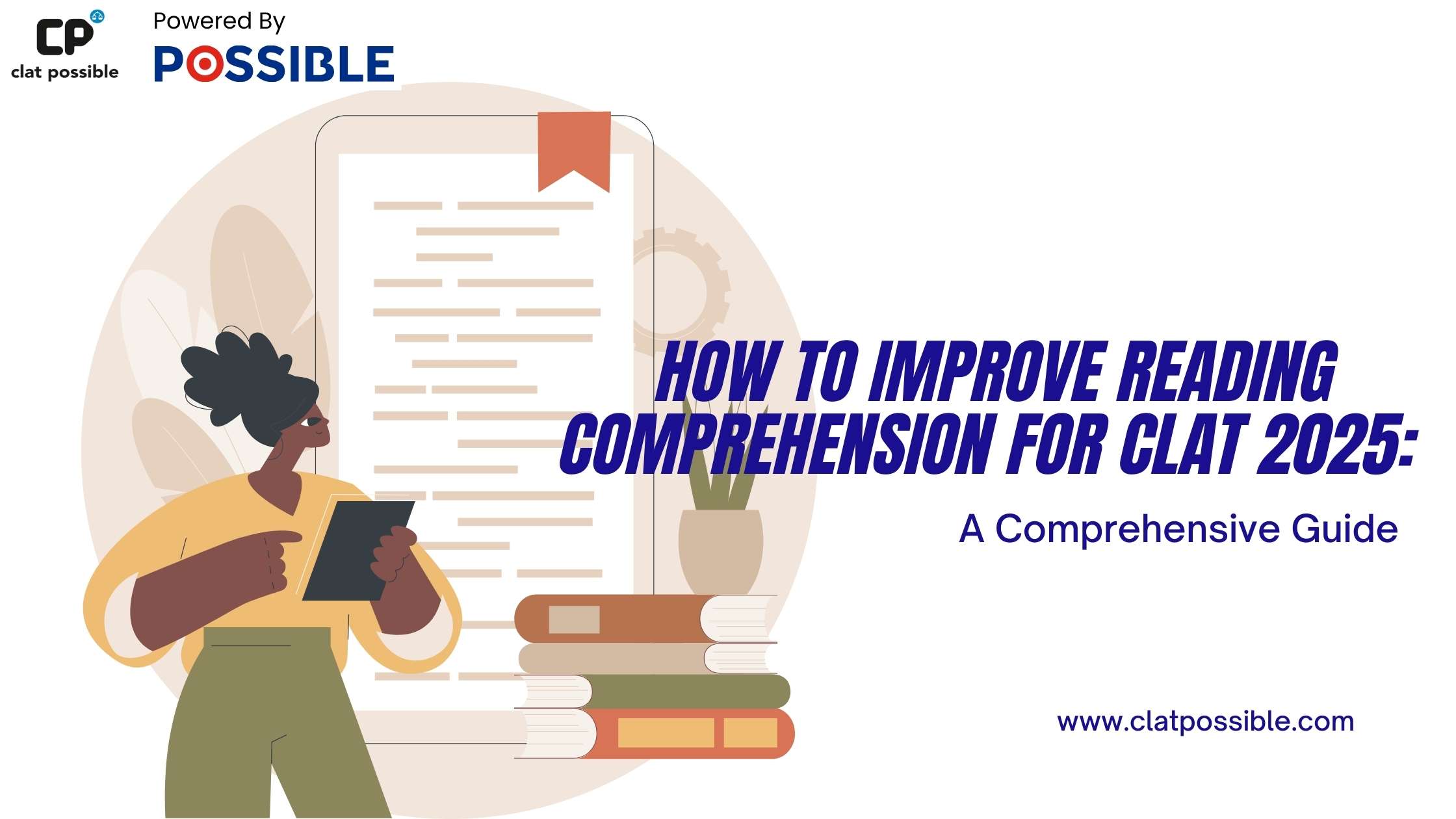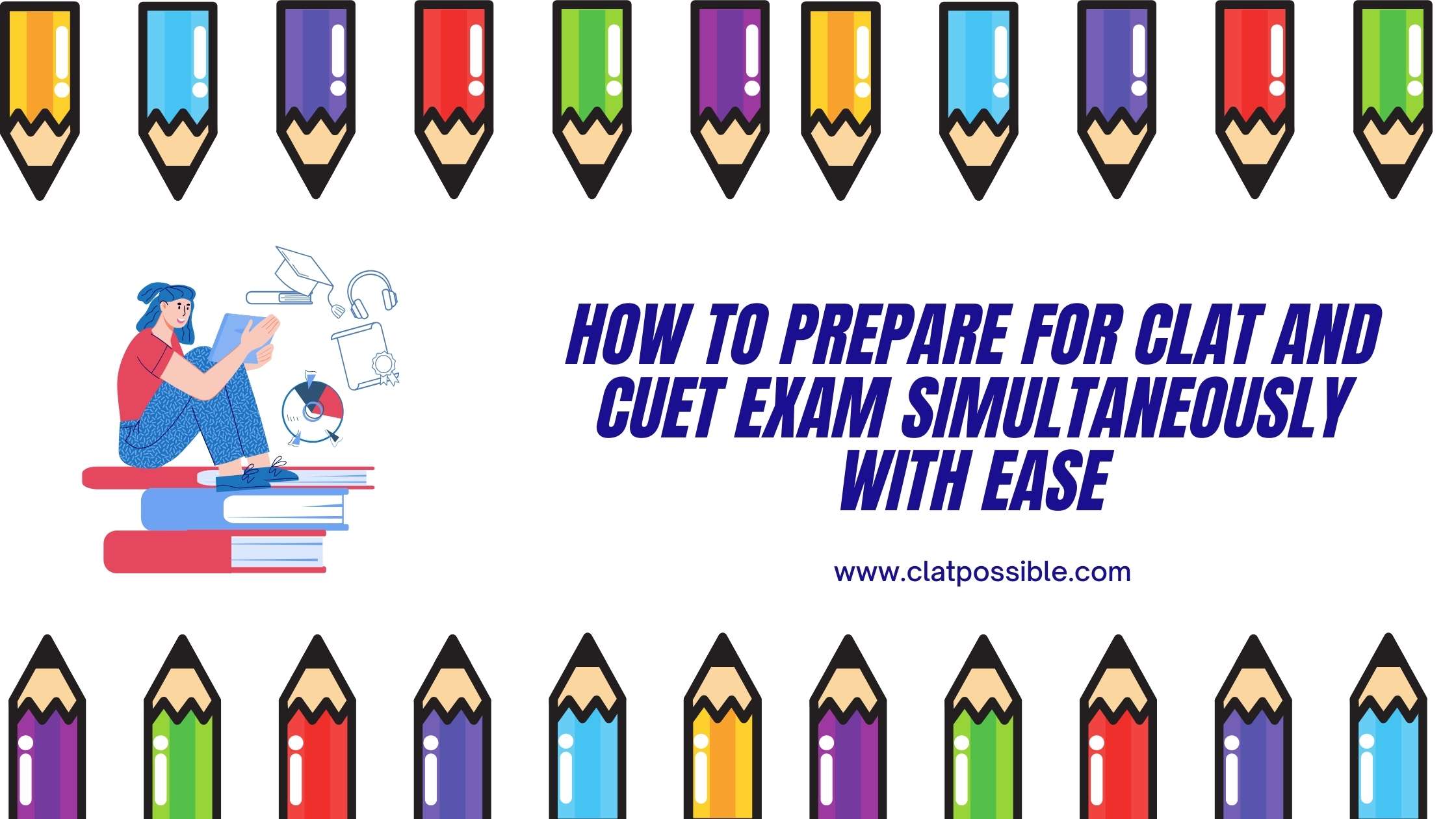
Introduction to Competitive Exams
After completing Class 12, students stand at a crucial juncture, facing numerous pathways that can shape their future careers. Competitive exams play a pivotal role in this phase, acting as gateways to prestigious colleges and universities across various fields. These exams not only open doors to higher education but also set the foundation for professional success in highly competitive environments.
Types of Competitive Exams
National Level Exams
National level exams are highly competitive as they are open to students from all over the country, offering opportunities in fields ranging from engineering to law. These exams are recognized by leading institutions, ensuring a wider scope of career options post qualification. National exams such as the JEE (Joint Entrance Examination) for engineering, NEET for medical students, and CLAT for law aspirants are some of the most sought-after due to their broad recognition and the opportunities they provide.
State Level Exams
State level exams are specifically tailored for admissions to institutes within a particular state. These are crucial for students who prefer to study in their home state due to the regional benefits and specific quotas offered. Each state in India conducts its own set of exams for various disciplines, which can be less competitive than national level exams, providing a good alternative for students looking for more localized options.
Stream-Specific Exams
Stream-specific exams cater to students based on their chosen streams in Class 12—Science, Commerce, or Arts. These exams ensure that students can pursue further studies in specialized fields directly aligned with their academic backgrounds. For instance, students interested in design can opt for the NID DAT, while commerce students might consider the CA Foundation Exam.
Highlighting CLAT and CUET
Importance of CLAT
The Common Law Admission Test (CLAT) is one of the most prestigious law entrance exams in India. It is a gateway to the top law schools, including 22 National Law Universities. CLAT tests a candidate’s aptitude in reasoning, comprehension, and current affairs, making it a comprehensive test that prepares students for the rigors of legal education.
Advantages of CUET
The Common University Entrance Test (CUET) is a newly introduced exam that allows students to gain admission to various central universities across India. The CUET is unique because it levels the playing field, allowing students from different boards to compete fairly. It assesses a student’s domain knowledge and aptitude, making it a versatile and inclusive exam.
Engineering Entrance Exams
JEE Main
The Joint Entrance Examination (JEE) Main is perhaps the most well-known engineering entrance exam in India, serving as a prerequisite for various premier engineering colleges, including the NITs and IIITs. It tests students on physics, chemistry, and mathematics, focusing on analytical and problem-solving skills.
BITSAT
The Birla Institute of Technology and Science Admission Test (BITSAT) is another competitive engineering entrance exam, exclusive to the BITS Pilani campuses. Known for its unique exam format that includes English proficiency and logical reasoning, BITSAT challenges students beyond the traditional subjects.
Medical Entrance Exams
NEET
The National Eligibility cum Entrance Test (NEET) is the sole entrance test for MBBS and BDS courses in India, replacing all other individual MBBS exams. It is known for its high difficulty level, testing knowledge in biology, chemistry, and physics.
AIIMS MBBS
Although AIIMS has now been integrated into NEET, the exam was previously conducted specifically for admission to the All India Institutes of Medical Sciences, some of the most esteemed medical institutions in the country.
Arts and Humanities Exams
NID DAT
The National Institute of Design’s Design Aptitude Test (NID DAT) is for students aspiring to pursue a career in design. It tests the creative and innovative skills of students, crucial for succeeding in design careers.
NIFT Entrance Test
The National Institute of Fashion Technology Entrance Test is designed for students interested in the fashion industry. It evaluates design sensitivity, creative ability, and quantitative skills.
Commerce and Management Exams
CA Foundation Exam
The CA Foundation Exam is the entry-level test for becoming a Chartered Accountant in India. It covers fundamental accounting and mercantile laws, testing the analytical and comprehension skills of the examinees.
IPMAT
The Integrated Program in Management Aptitude Test (IPMAT) is offered by IIM Indore and IIM Rohtak for admission into their five-year integrated management program. This test assesses the aptitude, logical reasoning, and proficiency in English of the candidate.
Vocational and Other Exams
NDA
The National Defence Academy (NDA) exam is for students who wish to join the Indian Armed Forces. It tests the physical and academic prowess of candidates, requiring a balanced preparation in physical fitness and academic subjects.
Hotel Management Entrance Exams
Various institutes across India conduct entrance exams for admission to hotel management programs. These exams test quantitative, reasoning, and verbal skills, along with general knowledge and current affairs.
FAQs
What should I consider when choosing a competitive exam to pursue after Class 12?
Consider your career goals, the subjects you are interested in, and the preparation level required. It’s also wise to look at the acceptance rates and the reputation of the institutions that recognize the exam.
How can I balance my Class 12 studies with competitive exam preparation?
Effective time management and a structured study plan are key. Many students opt for coaching classes specifically tailored for competitive exam preparation, which can provide structured guidance and help balance school studies.
Are there any good online resources for preparing for these exams?
Yes, many educational platforms offer online courses, mock tests, and preparation materials tailored for specific exams. These resources provide the flexibility to study at your own pace and are often updated with the latest exam patterns and syllabi.
Conclusion
Choosing the right competitive exam after Class 12 is a decision that can significantly influence your career trajectory. Exams like CLAT and CUET offer unique advantages for students looking to pursue careers in law and various academic fields respectively. With careful planning and dedicated preparation, these exams can open the doors to prestigious educational institutions and a promising future.
For more informative blogs, Click Here!!









